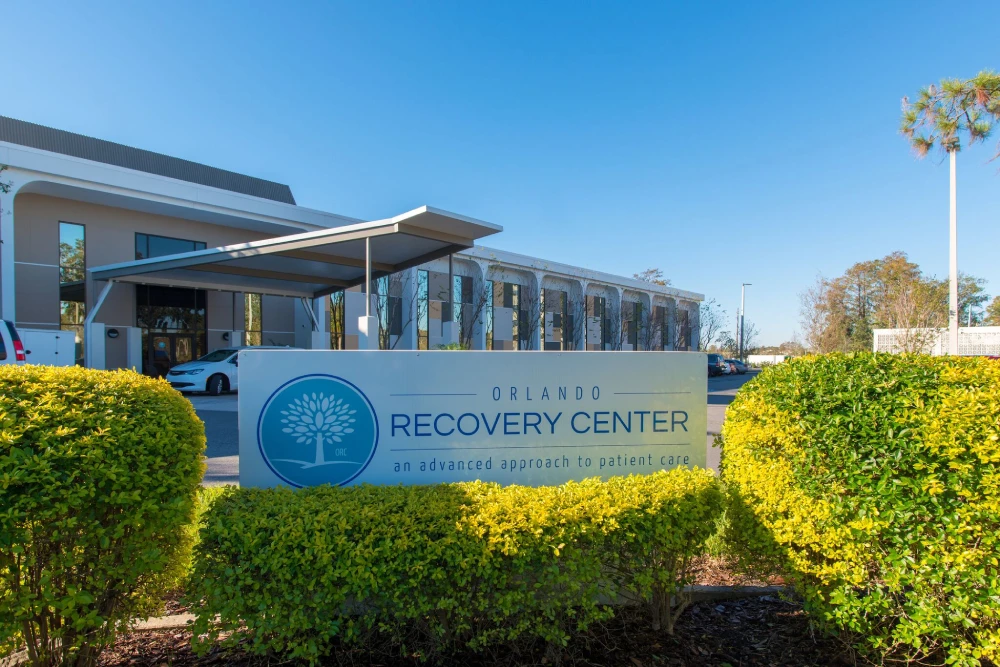Methamphetamine and Adderall are related, yet chemically distinct, drugs. While both carry a risk for abuse and addiction, their side effects and potency are different.
Article at a Glance:
- Methamphetamine and Adderall are similar but chemically distinct drugs.
- Prescription methamphetamine and Adderall are both used to treat attention deficit hyperactivity disorder (ADHD) and are Schedule II controlled substances.
- Methamphetamine is a commonly used illicit drug of abuse trafficked in the U.S.
Is Adderall Meth?
Adderall is an amphetamine drug, while methamphetamine, or meth, is its chemical cousin. Adderall and meth are both stimulant drugs. Both drugs are Schedule II controlled substances that are FDA-approved for attention-deficit hyperactivity disorder (ADHD). However, there are chemical differences between the two. Further, methamphetamine is commonlyillegally trafficked into the United Statesfor illicit use.
Amphetamine vs Methamphetamines
Amphetamines like Adderall are chemically related to meth. However, their slight chemical differences cause meth to bemore potent than amphetaminewhen it comes to releasing dopamine, the body’s feel-good chemical. This may make meth more prone to abuse than Adderall.
Comparing Adderall and Meth
Meth’s Chemical Structure vs. Adderall’s Chemical Structure
On a chemical level, meth and Adderall are almost identical to the naked eye. However, methamphetamine has an additional chemical group called a “methyl” group on its structure, for which it is named. This methyl group consists of a single carbon atom and three hydrogen atoms.
Meth’s Ingredients vs. Adderall’s Ingredients
Legal meth for ADHD containsmethamphetamine, as well as inert ingredients like corn starch and sodium aminobenzoate. Conversely, street meth may contain unknown impurities, including cutting agents that the drug dealers have included in their product.
Adderall is a mixture of several forms of amphetamine and related dextroamphetamine andcontains:
- Dextroamphetamine Saccharate
- Amphetamine Aspartate Monohydrate
- Dextroamphetamine Sulfate
- Amphetamine Sulfate
Adderall also containsinert ingredients like food coloring, as well as colloidal silicon dioxide, compressible sugar, corn starch, magnesium stearate, microcrystalline cellulose and saccharin sodium.
Similarities Between Meth and Adderall
Despite their differences, meth and Adderall have many similarities. These include:
- Drug Scheduling:Both drugs are Schedule II controlled substances, meaning they have a legitimate medical use.
- Addiction Risks:As Schedule II controlled substances, both drugs are at high risk for abuse, addiction and dependence.
- Medical Uses:Both drugs are FDA-approved for ADHD.
- Side Effects:Both drugs have similar side effects. These include irritability, the potential for problems with the cardiovascular system and excessive weight loss. When meth is abused,side effectscan include addiction, hostility,depressionandparanoia.
What Is Adderall?
Adderall is a brand-name prescription medicine used for ADHD. It is a Schedule II controlled substance that comes in bothshort-actingandlong-actingdosage forms. The drug works by stimulating the central nervous system and has two primary active ingredients, which are amphetamine and dextroamphetamine. When someone takes Adderall, the chemicals alter the user’s brain chemistry and how messages are sent between brain cells.
Adderall can be taken in varying doses ranging from 5 mg up to 30 mg. When someone takes Adderall as prescribed, it’s intended to help the person maintain a sense of concentration and focus and also remain still. Adderall can also create more of a sense of control. Despite the fact that Adderall is a prescription drug, it can have someserious side effects. These include palpitations, increased blood pressure, and psychosis.
Adderall is also a drug that can be abused and used illicitly without a prescription. When someone takes Adderall, and they aren’t medically prescribed to, it can create a euphoric high. People misuse Adderall trying to stay awake longer,concentrate moreandlose weightbecause it suppresses the appetite.
When you take Adderall without a prescription, you’re at a high risk for abusing it and becoming addicted. Taking high enough doses also increases your risk for addiction. As the drug starts to alter the brain’s reward system it stimulates cravings and begins the cycle of addiction.
However,most medical professionalsbelieve that people who take Adderall as prescribed for legitimate medical reasons don’t become addicted.
What Is Meth?
Meth is a stimulant available both legally to treat ADHD and as an illicit drug. Legal meth is sold under the brand name Desoxyn. Both legal and illicit meth are Schedule II controlled substances, meaning they have a high risk of abuse, addiction and dependence.
Illicit methis used for a multitude of reasons, but primarily to get high or self-medicate. It crosses the blood-brain barrier quickly, leading to euphoria, increased energy and feelings of confidence. In asurveyof meth users, 39% used meth to get high, cope with mental health symptoms or feel more energy or productivity.
However, there can be severe side effects, including psychosis, changes in the brain’s function and structure, memory loss, aggression and violence, among others. Heavy or chronic meth use makes you four times more likely to get meth mouth, three times more likely to get liver damage, and two times more likely to have a heart attack, seizure or stroke.
If you or a loved one live with methamphetamine addiction or are using methamphetamine recreationally and want to stop, it’s time to seek professional help. The Recovery Village provides care to those struggling with methamphetamine.Reach outto one of our knowledgeable representatives today to learn how you can start on your path to recovery.
















